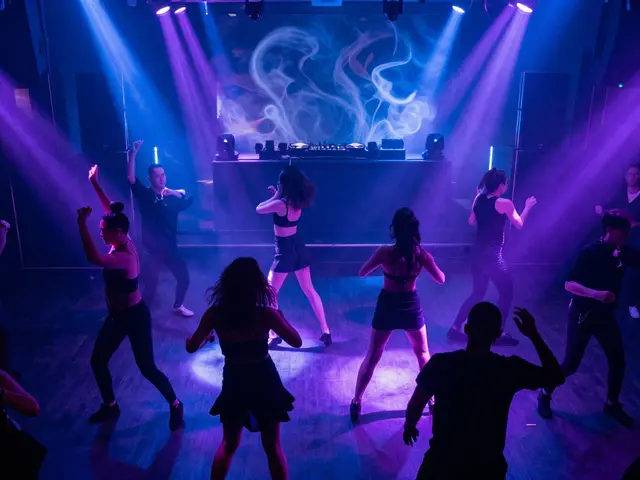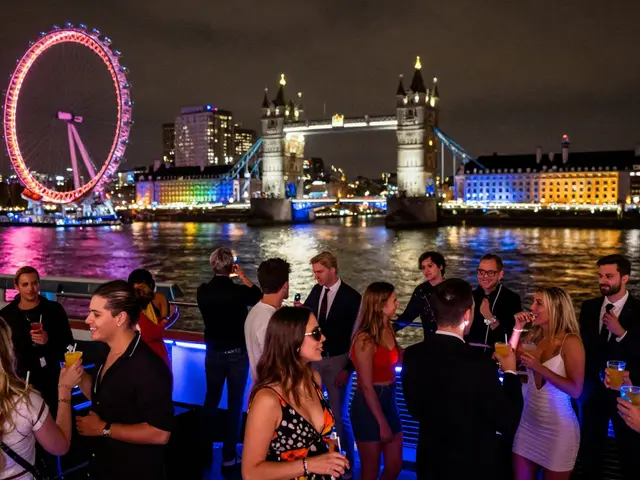Average Age of Clubbers in the UK: Facts and Tips
If you’ve ever wondered how old most people are when they hit the dance floor, you’re not alone. Knowing the average age of clubbers helps you pick the right venue, dress appropriately, and avoid awkward moments. Below we break down what the numbers look like across Britain and give you practical advice whether you’re 19 or 40.
What the numbers say
Recent surveys from club promoters and ticketing platforms put the national average age of clubbers at about 27‑28 years old. That figure masks a few interesting patterns. In university towns like Oxford, Cambridge and Bristol, the average drops to the early‑mid‑20s because students dominate the scene. In big cities such as London, Manchester and Birmingham, the average climbs a bit higher – roughly 30 – as professionals and older party‑goers start filling the late‑night slots.
Weekends tend to attract younger crowds, while Friday evenings often see a slightly older mix. Specialty nights, like 80s retro parties or cocktail‑themed events, pull an older crowd willing to pay a higher entry fee. Nightclubs that focus on electronic dance music (EDM) usually skew younger, whereas venues with live bands or jazz nights attract patrons in their 30s and 40s.
Geography matters too. Coastal resorts like Brighton and Brighton tend to have a youthful vibe during summer festivals, while historic cities such as Edinburgh see a broader age spread during cultural events.
How age affects your night out
Knowing the typical age range at a club can save you from feeling out of place. If you’re under 25 and love high‑energy beats, target clubs that market themselves toward students – they often have cheaper entry fees and more relaxed dress codes. Arrive early to beat the crowd and secure a good spot on the dance floor.
For those in their 30s and beyond, look for venues that advertise “late‑night lounge” or “cocktail nights.” These places usually play a mix of current hits and classics, and they often provide a quieter area for conversation. Dress smarter – a well‑fitted shirt or a sleek dress can elevate your experience and earn you faster entry.
Safety is a universal concern. Younger clubbers should keep an eye on their drinks and travel in groups, while older party‑goers might appreciate venues with better lighting and more staff presence. In any case, checking the club’s security policies ahead of time can help you plan accordingly.
Timing also influences your vibe. Arriving after midnight at a club with a 30‑year‑old average often means the music is winding down and the crowd is more relaxed. If you want high‑octane dancing, get there before 10 pm when the energy peaks.
Finally, use the age insight to budget smartly. Younger venues tend to have cheaper drinks but may charge a higher cover, whereas upscale clubs expect you to spend more per drink but often waive entry fees after a certain time.
Bottom line: the UK’s clubbing scene isn’t one‑size‑fits‑all. The average age hovers around 27‑28, but local nuances change the scene dramatically. Match your age, music taste, and budget with the right venue, and you’ll have a night worth remembering.
Average Age to Go Clubbing in the UK: What You Need to Know
Wondering when most people start and stop clubbing in the UK? This article breaks down the average age for clubbing, what drives those numbers, and how the scene has changed in recent years. You’ll get practical tips for first-timers, insights into age-related club policies, and details on what to expect at different ages. If you’re thinking about your first night out or coming back to the scene, you’ll find out exactly where you fit. No nonsense—just everything you need to hit the dance floor with confidence.






